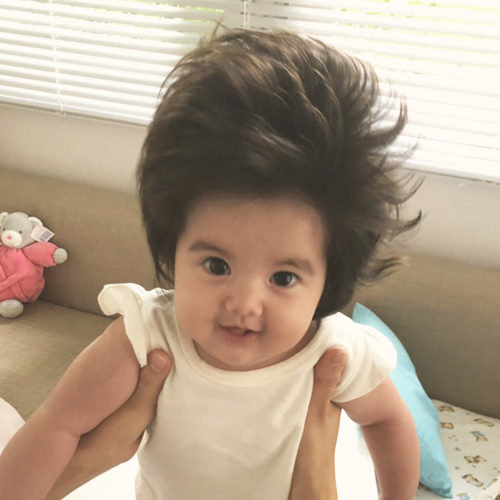Why you shouldn’t color your child’s hair

Some parents wish to express their sense of fashion in unique ways, such as coloring the hair of their children. While it is perfectly normal for adults to do so, it’s not safe for children since it can damage the hair and trigger allergic reactions.
Medical professionals, therefore, strictly recommend that children under 16 years old not to dye their hair.
Why it may not be safe to color your child’s hair
There are many reasons hair coloring may not be safe for your children. Here are some of them:
The texture of children’s hair isn’t able to handle dye: Children’s hair tends to be much finer and thinner than that of an adult, hence, making them more susceptible to damage from chemicals. Dyes used for hair coloring often contain ammonia, hydrogen peroxide, and another compound known as paraphenylenediamine, which can damage the hair follicles. Because of how immature a child’s hair is before puberty, the chemicals in the dyes don’t only change the color of the hair but also damage the whole texture of the hair. As a result, dermatologists often warn against dyeing a child’s hair until the child is more than 16 years. In Europe, therefore, every hair dye must carry a warning on the package, which clearly states that it is not to be used for anyone under the age of 16.
Potential allergic reactions: Aside from the hair, the scalp may also be at risk of damage since children’s skin and scalp are more sensitive and tender — often prone to severe allergic reactions. Scalp allergic reactions usually manifest as hair loss, broken skin, hives, itchiness, burning sensation, and swelling. Furthermore, since children’s skin is more permeable, the hair dye can easily penetrate through the scalp into the blood, where it can cause more harm.
The risk of anaphylaxis
Anaphylaxis is a severe form of an allergic reaction that involves the respiratory and circulatory systems. It is a potentially life-threatening condition that can occur within minutes of exposure to a substance the person is allergic to. Although rare, anaphylaxis can result from exposure to a hair dye if the child is allergic to the substance.
Are there other options available?
Medical professionals strictly recommend that you do not color your child’s hair if they are below 16 years of age. If your child really needs colored hair, you can potentially use child-friendly hair chalk or hair crayons. They are ammonia-free and can be rubbed straight onto hair then washed out, so they have minimal risk of damaging the hair or scalp. However, whatever method you choose, better make sure your child does a skin patch test first to check for potential allergies.
The skin patch test
The skin patch test is used to check whether someone will react to the substance, such as hair dye. It involves placing tiny amounts of a certain substance on an area of uncovered skin and leaving it for 48 hours. If there’s any soreness or redness during this period, there’s a high chance that the person is allergic to the substance, and the dye should be avoided.



